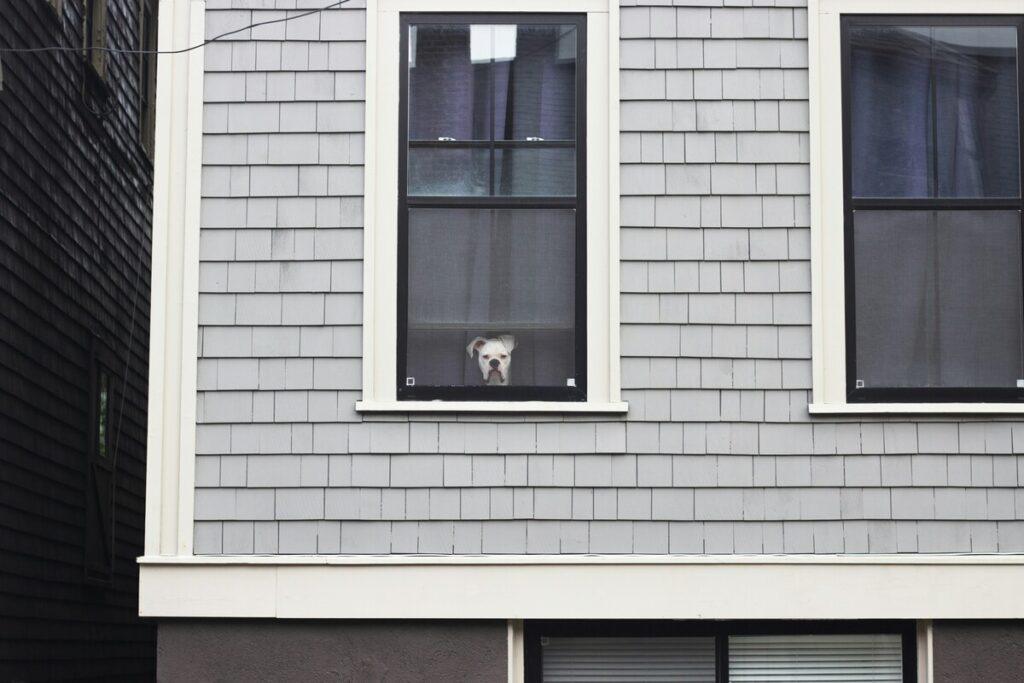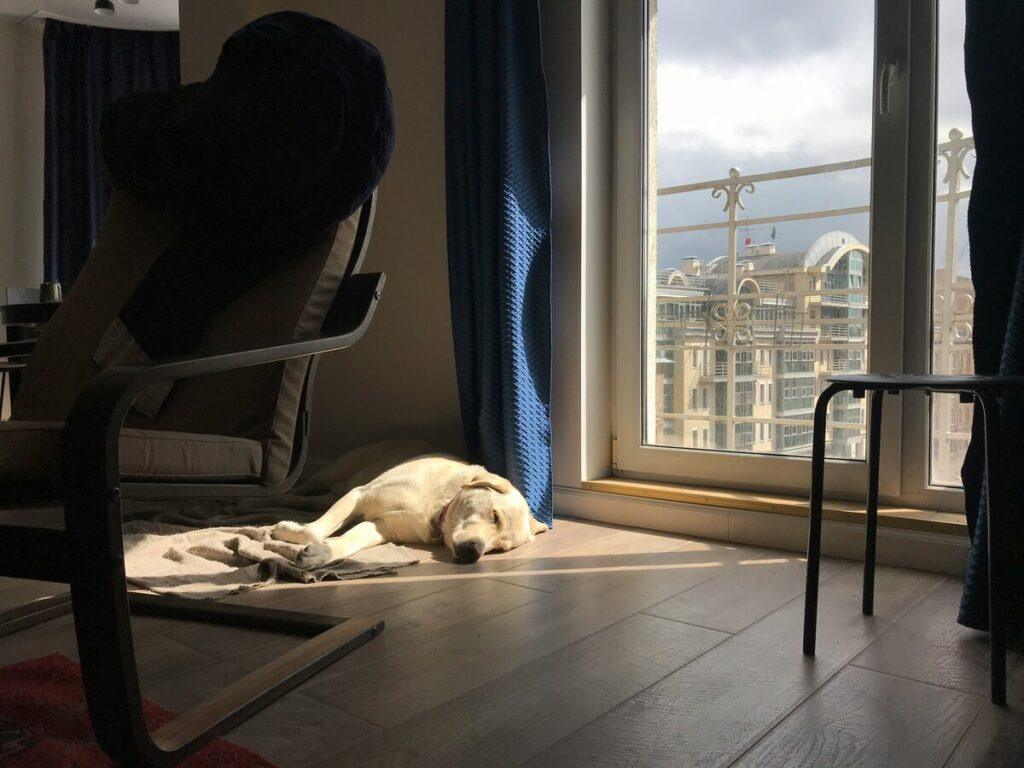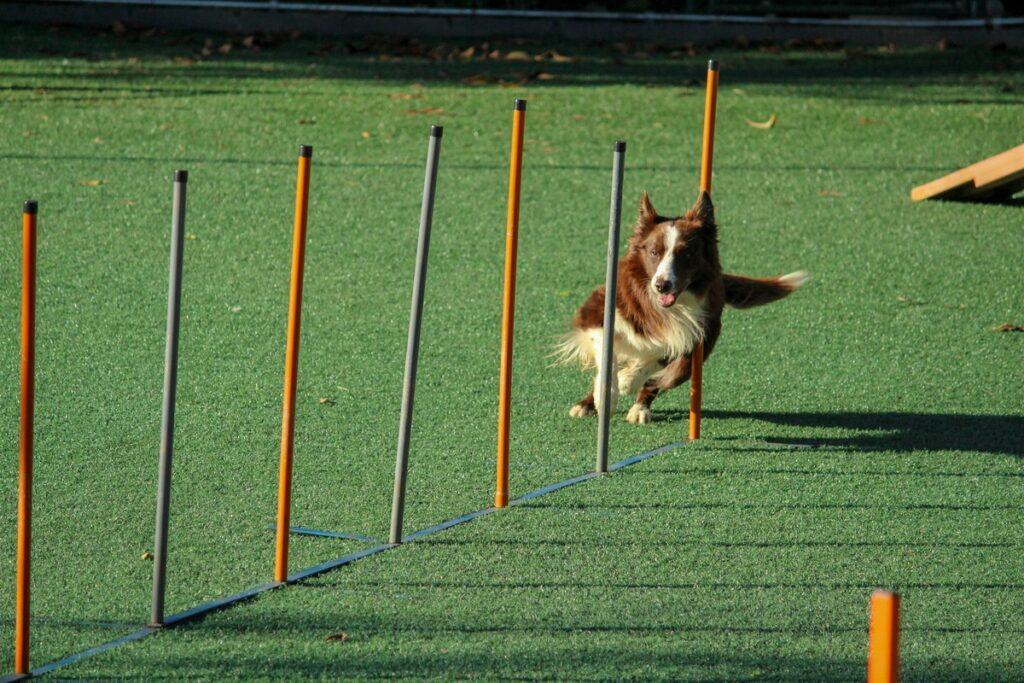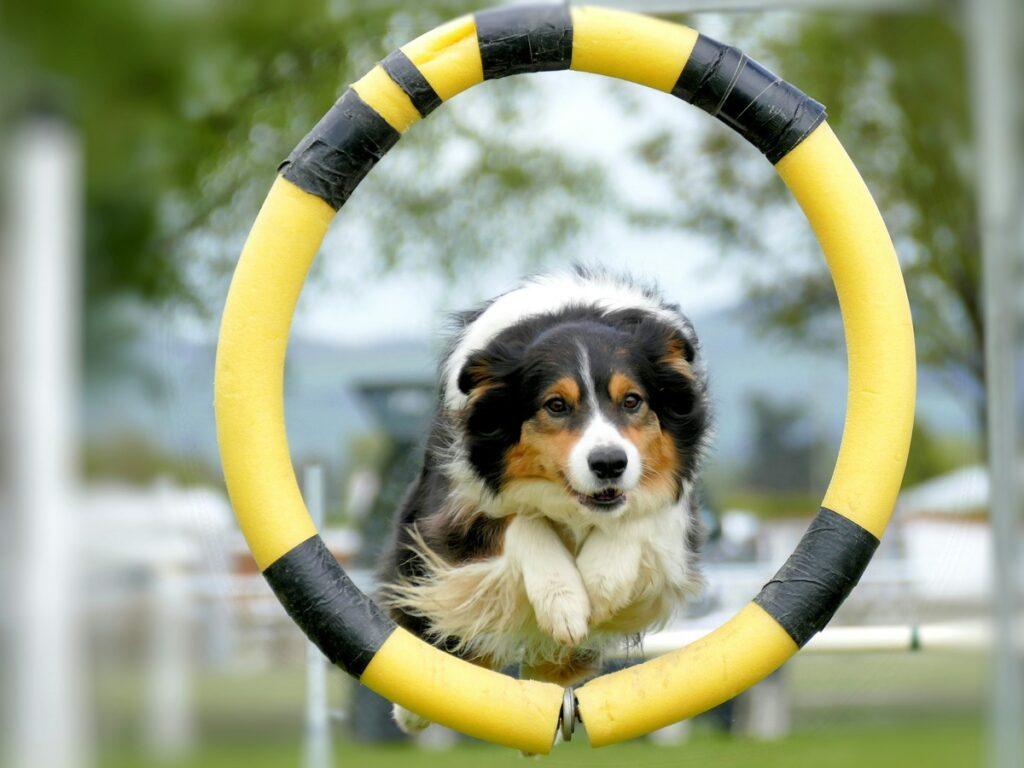How to Train a Dog to Stay Alone at Home Without Anxiety
Many dog owners struggle with leaving their furry companions home alone. The fear of coming back to chewed-up furniture, excessive barking, or worse—a stressed and anxious dog—is very real. Fortunately, with the right training and patience, you can teach your dog to stay calm and confident when left alone. In this guide, we’ll show you how to train a dog to stay alone at home without anxiety using proven methods and expert tips.
What Is Dog Separation Anxiety?
Dog separation anxiety is a behavioral issue where a dog experiences stress and fear when left alone or separated from their owner. This condition can result in destructive behaviors, vocalization, and attempts to escape. It affects dogs of all breeds and ages, but is more common in puppies, rescue dogs, and those that have experienced major life changes.
Signs of Separation Anxiety in Dogs
Recognizing the signs of separation anxiety early can help you address the problem before it worsens. Common symptoms include:
- Excessive barking, whining, or howling when left alone
- Destructive chewing or scratching at doors and windows
- House soiling despite being house-trained
- Attempts to escape confinement
- Following the owner constantly or becoming anxious when they prepare to leave

Why Dogs Develop Separation Anxiety
Several factors can contribute to the development of separation anxiety in dogs. These may include:
- Change in routine or environment
- Loss of a family member or another pet
- History of abandonment or rehoming
- Lack of socialization as a puppy
- Over-dependence on the owner
Step-by-Step Training Plan
Here’s a structured approach to help your dog feel safe and comfortable when home alone.
How to Train a Dog to Stay Alone at Home Without Anxiety
Learning how to train a dog to stay alone at home without anxiety begins with consistency and gradual exposure. You must help your dog associate your absence with calm, not fear. The goal is to develop confidence and emotional independence in your dog through daily routines, positive reinforcement, and mental stimulation.
1. Start with Short Departures
Leave your dog alone for just a few minutes and gradually increase the time. Reward calm behavior with treats or praise. This helps your dog understand that your departure isn’t a big deal and that you always come back.
2. Create a Safe Space
Designate a quiet area with your dog’s favorite bed, toys, and calming scents. You can also try using a crate if your dog is crate-trained and feels secure in it.
3. Use Interactive Toys and Puzzles
Keep your dog mentally stimulated with food puzzles and treat-dispensing toys. These provide entertainment and reduce boredom while you’re away.
4. Practice Calm Departures and Arrivals
Don’t make a big fuss when leaving or returning. This keeps your dog’s emotional state balanced and prevents overstimulation.
Pro Tips for Success
- Use calming pheromone sprays or diffusers
- Exercise your dog before leaving to reduce energy
- Consider playing soft music or white noise while you’re away
- Start training early and be consistent
Additional Activities to Reduce Anxiety
Enriching your dog’s daily routine can significantly lower anxiety levels. Consider activities such as short training sessions using positive reinforcement, nose work games like hide-and-seek with treats, or structured playtime that reinforces confidence and independence. Some owners also find success in teaching their dogs a designated “place” or mat where they feel safe and relaxed while alone.
When to Seek Professional Help
If your dog’s separation anxiety is severe and doesn’t improve with training, consult a certified dog behaviorist or veterinarian. In some cases, medication or more intensive behavior modification may be necessary. Learn more from the American Kennel Club (AKC).
Final Thoughts
Training a dog to stay alone at home without anxiety is a gradual process that requires consistency, patience, and understanding. By recognizing the signs early and implementing a structured training plan, you can help your dog feel safe and confident when you’re not around. Every dog is different, so be patient and adjust your approach to meet your pet’s unique needs. Celebrate progress, even if it comes in small steps, and remember: your effort makes a world of difference in your dog’s life.
Ready to take your dog’s behavior to the next level? Explore our full guide on dog training behavior tips and learn how to build a balanced, confident companion.
Don’t miss our other helpful guides like how to stop dog whining at night or reactive dog training for deeper insight into your dog’s behavior.



